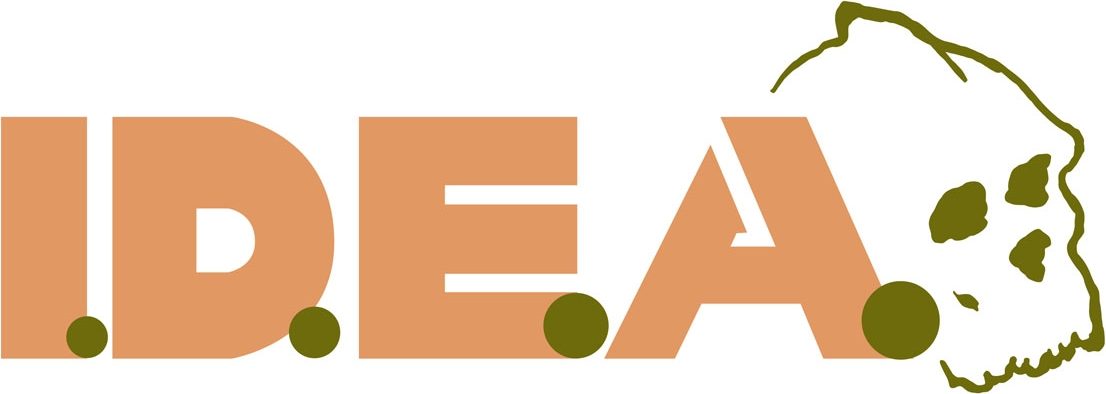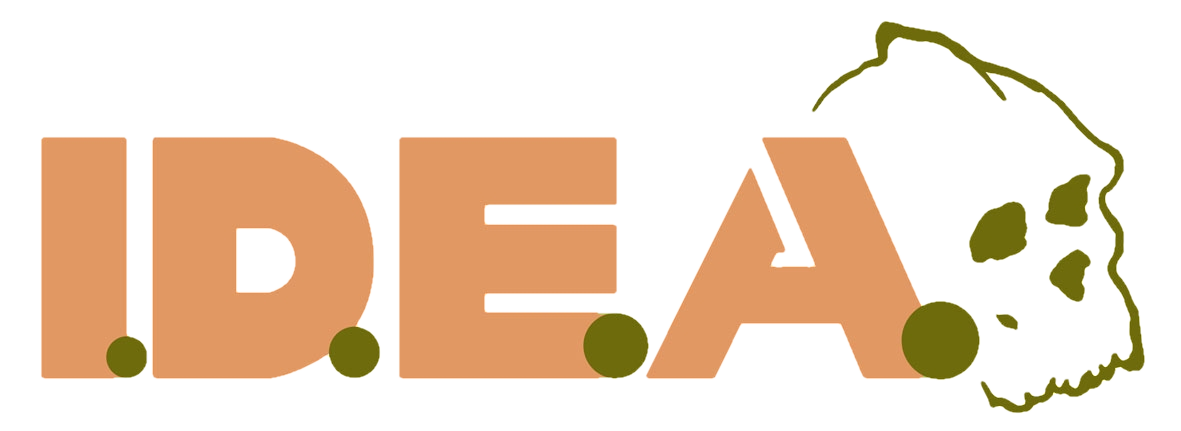Our courses
Picture by Mauricio Antón
Thus we become human: a compact and updated course on human evolution.
Taught by Dr. Domínguez-Rodrigo, the course aims to collect six million years of hominization and bring the latest discoveries of human evolution to the interested public. The level will be equivalent to that of the course contents of the first years of a university degree, but with a very accessible tone, which allows to be perfectly understood by a non-expert public. A unique opportunity to approach the origin of human beings at the hands of one of the greatest experts in Spain in human evolution in Africa.
Given the nature of the course, with practical components, the quota of places will be limited. The course will be taught one day per week for six months.
Given the nature of the course, with practical components, the quota of places will be limited. The course will be taught one day per week for six months.
Multivariate and analytical data statistics for archeology, biology and ecology.
A compact course in which all the techniques of multivariate statistics and data processing that any researcher must know will be taught. The course is taught with special guidance for archaeologists, biologists and ecologists. Given the limited mathematical training of researchers in these fields, the course will be taught with a development of problems and techniques without having to resort to mathematics. It is easy to understand and very accessible. The course guarantees full practical knowledge of all statistical techniques after its completion and does not require any mathematical knowledge to perform it.
Given the character of course, eminently practical, the quota of places will be limited. The course will be taught one day per week for six months.
Given the character of course, eminently practical, the quota of places will be limited. The course will be taught one day per week for six months.
Artificial intelligence: Machine Learning and Deep Learning.
Course for specialists oriented to learning the latest techniques of artificial intelligence and data mining. It is necessary to know multivariate statistics well for its realization. It is the next natural step for those students who have completed the multivariate and analytical data course for archeology, biology and ecology. The algorithms that are learned in this course are the latest generation to be able to solve problems of classification and prediction more effectively. Students will learn to use, among others, neural network techniques (NN), vector support machines (SVM), K-Nearest Neighbor (KNN), regression and decision trees and random forests (Random Forest, RF), Mixture Discriminant Analysis (MDA), Naive Bayes (NB), Partial Least Squares Discriminant Analysis (PLSDA).
One of the highlights is the computer vision module, based on the learning of convolution neural networks (CNN). It will teach how to instruct the computer to recognize images. No mathematical training is necessary to understand the contents. Although oriented to archaeologists, paleoanthropologists, biologists and ecologists, this course can be oriented for any specialization.
Given the character of course, eminently practical, the quota of places will be very limited. The course will be taught one day a week for three months.
One of the highlights is the computer vision module, based on the learning of convolution neural networks (CNN). It will teach how to instruct the computer to recognize images. No mathematical training is necessary to understand the contents. Although oriented to archaeologists, paleoanthropologists, biologists and ecologists, this course can be oriented for any specialization.
Given the character of course, eminently practical, the quota of places will be very limited. The course will be taught one day a week for three months.
Statistics and spatial archeology.
Powerful spatial analysis tools, including spatial regressions and application of machine learning algorithms to the study of spatial correlations and spatial computation with GPUs are within the reach of archaeologists. This course supplements a lack of training in these techniques in the university environment, in which such tools are not part of the teaching or curriculum of the degrees of archeology. The course will be developed intensively for three months in the IDEA and will have a practical base from the first to the last class. It will be taught by experts in the field. Given the character of course, eminently practical, the quota of places will be very limited.
The technical courses are also available in intensive format for students not residing in Madrid. Such format will be in few days in full schedule (morning and afternoon). This format will only be offered to formal groups and not to individual students. These groups must be formed by a minimum of 10 students.
The technical courses are also available in intensive format for students not residing in Madrid. Such format will be in few days in full schedule (morning and afternoon). This format will only be offered to formal groups and not to individual students. These groups must be formed by a minimum of 10 students.
GEOLOGY FOR ARCHAEOLOGISTS.
When working in a site, either from the academic or professional field,
archaeologists produce many questions to understand and interpret their sites.
Some issues are ambitious and general such as the shape of the landscape, the
source of water or lithic resources, the type of climate, chronology or space-time correspondence with other sites. But there are also issues of greater detail, especially in the field, such as the chrono-stratigraphic relationship between geological units and archaeological levels, the energy of the sedimentation medium, lithology and sedimentology, etc. When archaeologists try to address these issues by themselves they find a complex geological literature, almost encrypted – for example, the memories of geological maps or books of
stratigraphy and petrology. In this course we try to teach that part of the geology that is most useful for the work of the archaeologist, in a concrete, affordable,
graphic and applied way, with examples of sites excavated by our team.

